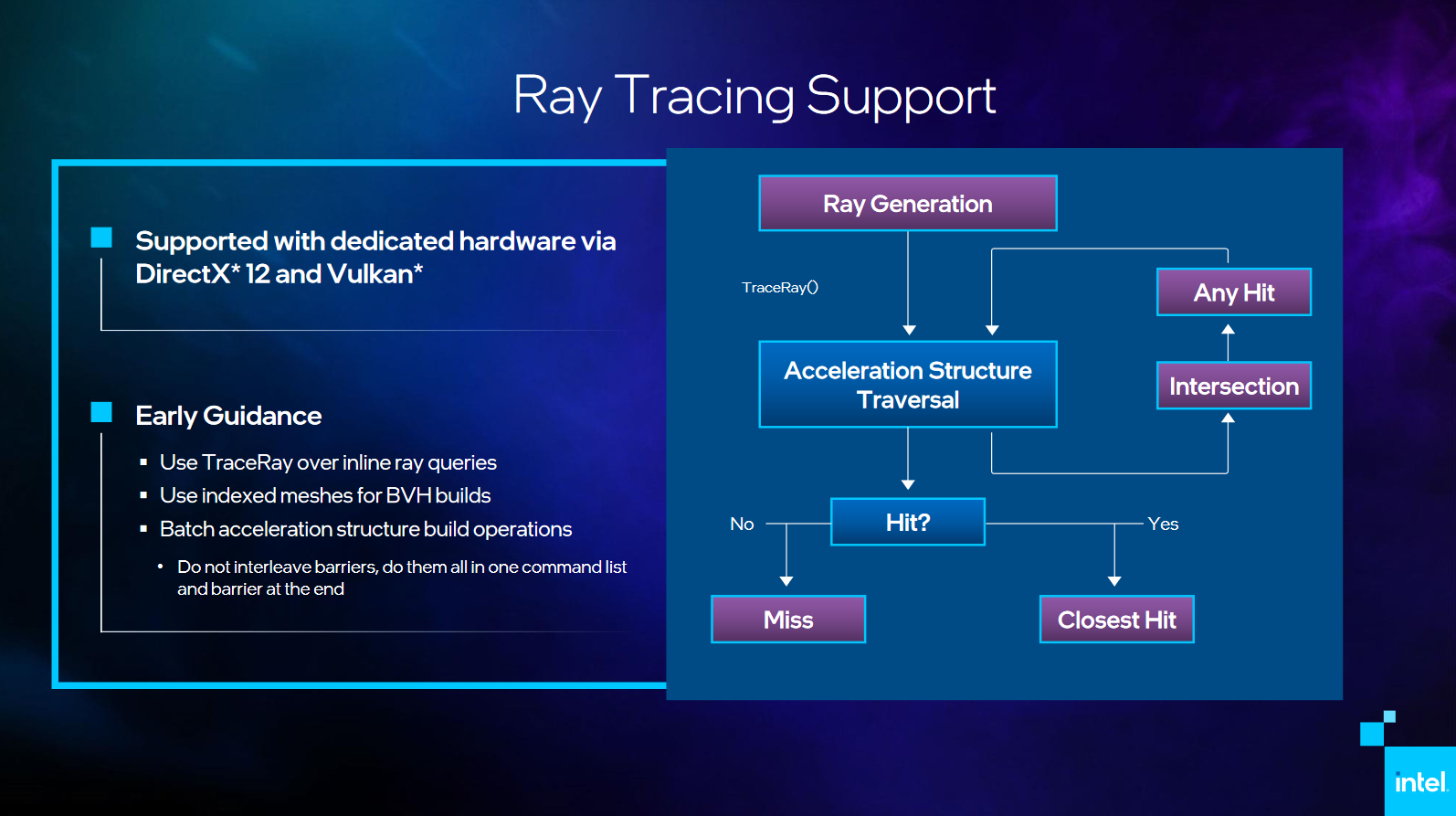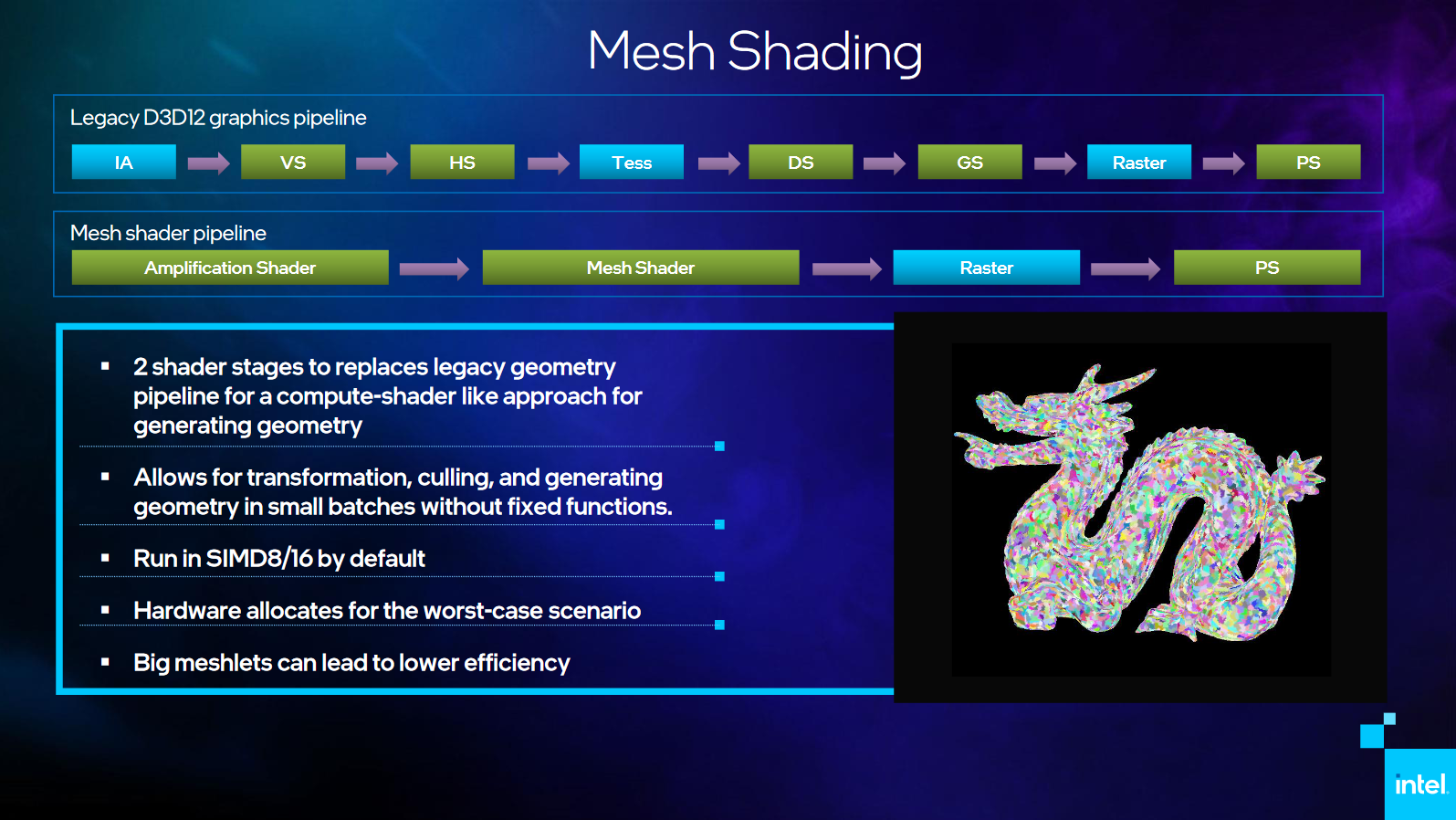digitalwanderer
Legend
It probably was, I've wanted a Vega since Siggraph 2019 when I attended the Capsacin event thingy.A FE at that
I keep it for "collecting" reason for now, not for sell(I'm not good at remembering nicknames on forums, someone asks on another topic already a few weeks ago, maybe it was you
)
"Collecting" reasons? Mebbe we could work a trade, I have an R300 signed by Terry Makedon and a Gemini that doesn't work.
(Nah, I can't give up things like that either. I DO get the collecting thing.


